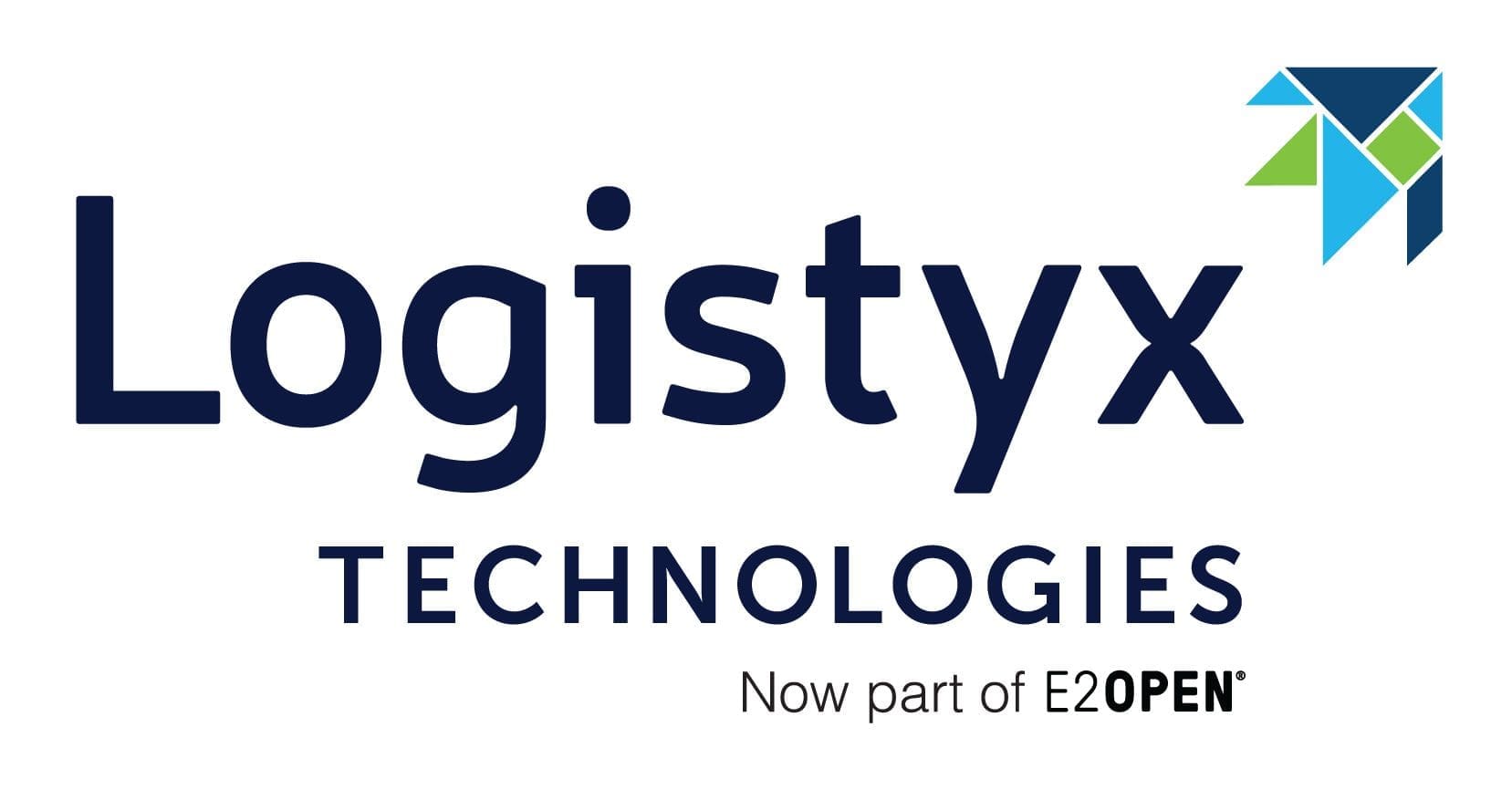 Global supply chains have been tested repeatedly by a series of disruptive events, including the COVID-19 pandemic, U.S.-China trade disputes, and natural disasters. Companies that previously prioritized cost-cutting and centralized sourcing quickly found themselves exposed to serious production and distribution risks. In response, many organizations have shifted toward decentralized and regionalized supply chain models, distributing production and sourcing across multiple regions. These decentralized networks aim to boost flexibility, reduce risk, and improve responsiveness, aided by technologies such as blockchain, AI-driven logistics, and expanded visibility into supply chains.
Global supply chains have been tested repeatedly by a series of disruptive events, including the COVID-19 pandemic, U.S.-China trade disputes, and natural disasters. Companies that previously prioritized cost-cutting and centralized sourcing quickly found themselves exposed to serious production and distribution risks. In response, many organizations have shifted toward decentralized and regionalized supply chain models, distributing production and sourcing across multiple regions. These decentralized networks aim to boost flexibility, reduce risk, and improve responsiveness, aided by technologies such as blockchain, AI-driven logistics, and expanded visibility into supply chains.
For years, supply chains have focused primarily on reducing costs, often prioritizing efficiency over resilience. The prevailing strategy was to produce goods in low-cost countries and distribute them globally, optimizing for economies of scale. However, recent disruptions — including health crises, trade disputes, logistics bottlenecks, and climate-related events — have exposed significant vulnerabilities in this model. Today, supply chain leaders are seeking a balance between cost efficiency and resilience by adopting flexible, regionally distributed networks supported by advanced technologies that enhance visibility and responsiveness.
The Business Problem: Single-Source Dependencies
Single-source, globally concentrated supply chains have emerged as a major point of vulnerability for many industries. During the early phases of the COVID-19 pandemic, sectors such as automotive, electronics, and consumer goods experienced severe disruptions due to factory shutdowns and shipping constraints, primarily because of dependence on suppliers concentrated in Asia. The U.S.-China trade dispute further amplified these issues by introducing tariffs and export restrictions, leading to supply chain bottlenecks. These events highlighted the urgent need for diversification and risk mitigation strategies across global supply networks.
The Role of Technology and Strategy in Multi-Tier, Regionalized Supply Networks
Multi-Tier and Regionalized Networks
To reduce risk exposure, companies are increasingly expanding sourcing and production capabilities across multiple regions, including North America, Europe, and Southeast Asia. This geographical diversification allows businesses to mitigate the impact of localized disruptions and gives them alternative supply options when disruptions occur. Companies are rethinking their supplier networks to ensure that regional hubs are capable of supporting local demand. This strategy promotes agility and ensures that production and distribution can continue even when part of the global network is impacted.
Blockchain and Smart Contracts
Companies such as Nestlé are leveraging blockchain technology to create secure, transparent, and traceable records of supplier activities. By implementing blockchain, businesses can improve accountability, verify the origins of materials, and automate supplier compliance through smart contracts. These smart contracts automatically trigger processes such as payments or quality checks based on pre-agreed conditions, reducing manual intervention and errors. As a result, blockchain enhances both trust and efficiency within complex, multi-tier supply chains.
AI-Driven Logistics Optimization
Artificial intelligence is playing a critical role in optimizing logistics operations and enhancing supply chain agility. AI-powered platforms enable companies to dynamically adjust transportation, routing, and distribution in response to real-time changes such as delays or disruptions. For example, Maersk uses a digital twin — a virtual replica of its terminals — to simulate different scenarios and make data-driven decisions that improve efficiency and reduce risk. These AI tools allow companies to respond faster and more effectively to unexpected events.
Extended Visibility Beyond Tier-1 Suppliers
Many companies are now extending supply chain visibility beyond their immediate or Tier-1 suppliers to include upstream partners. Ford, for instance, has implemented tools to identify potential risks such as component shortages before they impact production lines. By having visibility into Tier-2 and Tier-3 suppliers, organizations can take proactive steps to mitigate disruptions earlier. This deeper insight into the supply network allows companies to build more resilient and predictable operations.
Focus Area: Cisco’s Supply Chain Transformation
Reducing Exposure to China
Cisco offers a clear example of a company successfully navigating the shift toward regionalization. The company reduced its manufacturing dependency on China by approximately 80% in response to increasing tariffs and operational risks. To achieve this, Cisco expanded production in India, Mexico, and Eastern Europe, while also boosting investment in its second-largest R&D center in India. This diversification strategy has enhanced Cisco’s resilience and reduced vulnerability to geopolitical tensions.
Supply Chain Digital Twin
Cisco adopted a digital twin of its global supply chain to enhance its ability to model and simulate various scenarios. This virtual model replicates supplier networks, inventories, and distribution flows, allowing Cisco to identify and address potential bottlenecks before they become problematic. The digital twin enables scenario planning and stress testing of the network, helping Cisco make more informed and agile supply chain decisions. It has become a critical tool for proactively managing risk and improving operational performance.
Demand Planning and Forecasting
Cisco has integrated AI-driven forecasting and predictive analytics into its demand planning processes. These tools help the company anticipate demand fluctuations and potential disruptions, allowing supply chain teams to adjust production and distribution plans in advance. By improving forecast accuracy, Cisco has been able to reduce excess inventory while maintaining high service levels. This proactive approach has enabled the company to better navigate uncertainties and market shifts.
Sustainability Integration
Sustainability has also become a core part of Cisco’s supply chain transformation. The company has adopted green logistics practices, improved emissions monitoring among its suppliers, and incorporated circular economy principles to reduce waste and promote recycling. These efforts not only improve Cisco’s environmental footprint but also align with increasing regulatory and customer expectations for sustainable practices. By integrating sustainability into its decentralized network, Cisco gains both operational and reputational benefits.
Results
As a result of its supply chain transformation, Cisco has achieved several key improvements. The company reduced lead-time variability by 25%, helping to stabilize operations and improve predictability. Cisco also maintained customer service levels throughout the pandemic and avoided passing significant tariff-related costs to customers. Additionally, the company enhanced its flexibility and responsiveness across regional supply networks, positioning itself for long-term resilience.
Regional Decentralization: Risks and Trade-offs
While decentralized supply networks offer resilience and flexibility, they are not without challenges. Regional suppliers may introduce higher production costs compared to traditional low-cost country sourcing. Some regions may also lack sufficient supplier capacity or infrastructure to fully meet demand. Moreover, implementing advanced technologies such as blockchain and AI requires upfront investment, staff training, and organizational change, which may be difficult for some companies.
Recommendations
- Companies should begin by conducting a comprehensive supply chain risk assessment to identify vulnerabilities and single-source dependencies.
- Building or expanding regional sourcing and manufacturing capabilities is essential to reduce reliance on any one geography.
- Organizations should adopt technologies such as AI and blockchain selectively, focusing on areas where they provide clear value and solve specific operational challenges.
- Expanding visibility beyond Tier-1 suppliers can help organizations identify upstream risks and take corrective action before disruptions escalate.
- Finally, leaders must balance resilience, cost, and complexity, acknowledging that decentralization may increase operational costs but provides significant long-term benefits.
Conclusion
The era of ultra-lean, globally centralized supply chains has reached its practical limits. Recent years have demonstrated that prioritizing cost optimization alone leaves organizations vulnerable to a wide range of disruptions, from geopolitical tensions and pandemics to extreme weather events. For supply chain leaders, resilience is no longer optional — it is an essential design feature for future-ready networks. Companies that build regionally diversified, technology-enabled supply chains will be better positioned to respond to disruptions, outperform competitors, and ensure operational and financial stability for years to come.
















